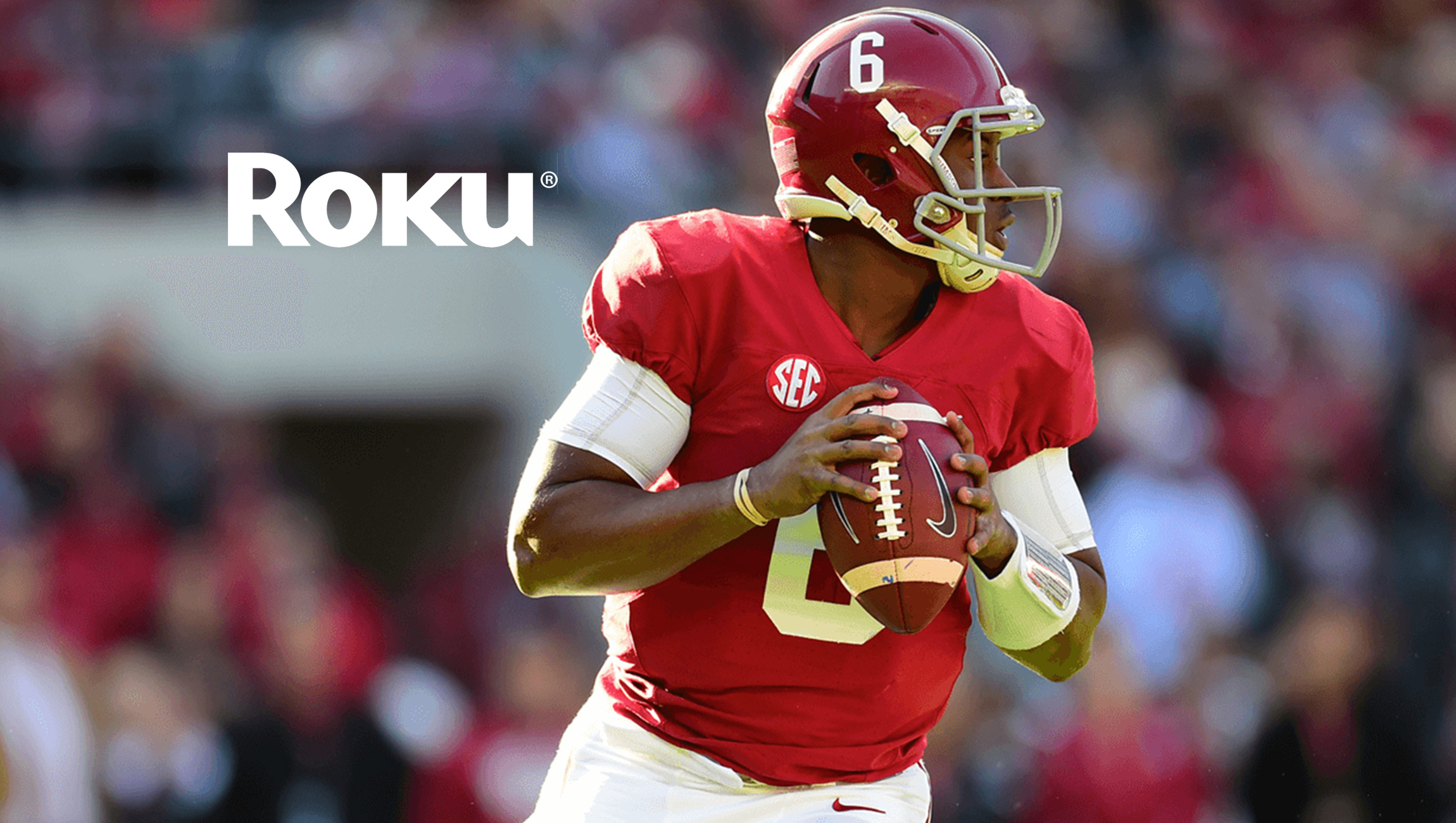Channels Will Need 4,000 Hours Of Annual Viewing Time And Over 1,000 Subscribers. Move Promises Better Transparency for Advertisers
YouTube is tightening the rules around their YouTube Partner Program and raising the requirements that a channel/creator must meet in order to monetize videos. Effective immediately, to apply for monetization (and have ads attached to videos), creators must have tallied 4,000 hours of overall watch time on their channel within the past 12 months and have at least 1,000 subscribers.

‘We’re making changes to address the issues that affected our community in 2017 so we can prevent bad actors from harming the inspiring and original creators around the world who make their living on YouTube. A big part of that effort will be strengthening our requirements for monetization so spammers, impersonators, and other bad actors can’t hurt our ecosystem or take advantage of you, while continuing to reward those who make our platform great.’ said Neal Mohan, Chief Product Officer and Robert Kyncl, Chief Business Officer in an official YouTube creators blog.
Read More: GlassView and MOFILM Partner to Create Independent Video Production and Distribution Solution
YouTube will enforce the new eligibility policy for all existing channels as of February 20th, meaning that channels that fail to meet the threshold will no longer be able to make income from ads. New channels will need to apply, and their application will be evaluated when they hit these milestones.

Meanwhile, Paul Muret, VP, Display, Video & Analytics also put out a blog that stated: ‘We’re changing Google Preferred so that it not only offers the most popular content on YouTube, but also the most vetted. We created Google Preferred to surface YouTube’s most engaging channels and to help our customers easily reach our most passionate audiences. Moving forward, the channels included in Google Preferred will be manually reviewed and ads will only run on videos that have been verified to meet our ad-friendly guidelines. We expect to complete manual reviews of Google Preferred channels and videos by mid-February in the U.S. and by the end of March in all other markets where Google Preferred is offered.
We know advertisers want simpler and more transparent controls. In the coming months, we will introduce a three-tier suitability system that allows advertisers to reflect their view of appropriate placements for their brand, while understanding potential reach trade offs.
We also know we need to offer advertisers transparency regarding where their ads run. We’ve begun working with trusted vendors to provide third-party brand safety reporting on YouTube. We’re currently in a beta with Integral Ad Science (IAS) and we’re planning to launch a beta with DoubleVerify soon. We are also exploring partnerships with OpenSlate, comScore and Moat and look forward to scaling our third-party measurement offerings over the course of the year.’
Previously, the standard for joining YouTube’s Partner Program was 10,000 public views — without any specific requirement for annual viewing hours. This change will no doubt make it harder for new, smaller channels to reach monetization, but YouTube says it’s an important way of buying itself more time to see who’s following the company’s guidelines and disqualify “bad actors.”
Though these changes will affect a significant number of channels, 99% of those affected were making less than $100 per year in the last year, with 90% earning less than $2.50 in the last month. Any of the channels who no longer meet this threshold will be paid what they’ve already earned based on Google’s AdSense policies.
Recommended Read: Dubdub and IVEP Unveil the Future of Video Monetization With Dubtokens



